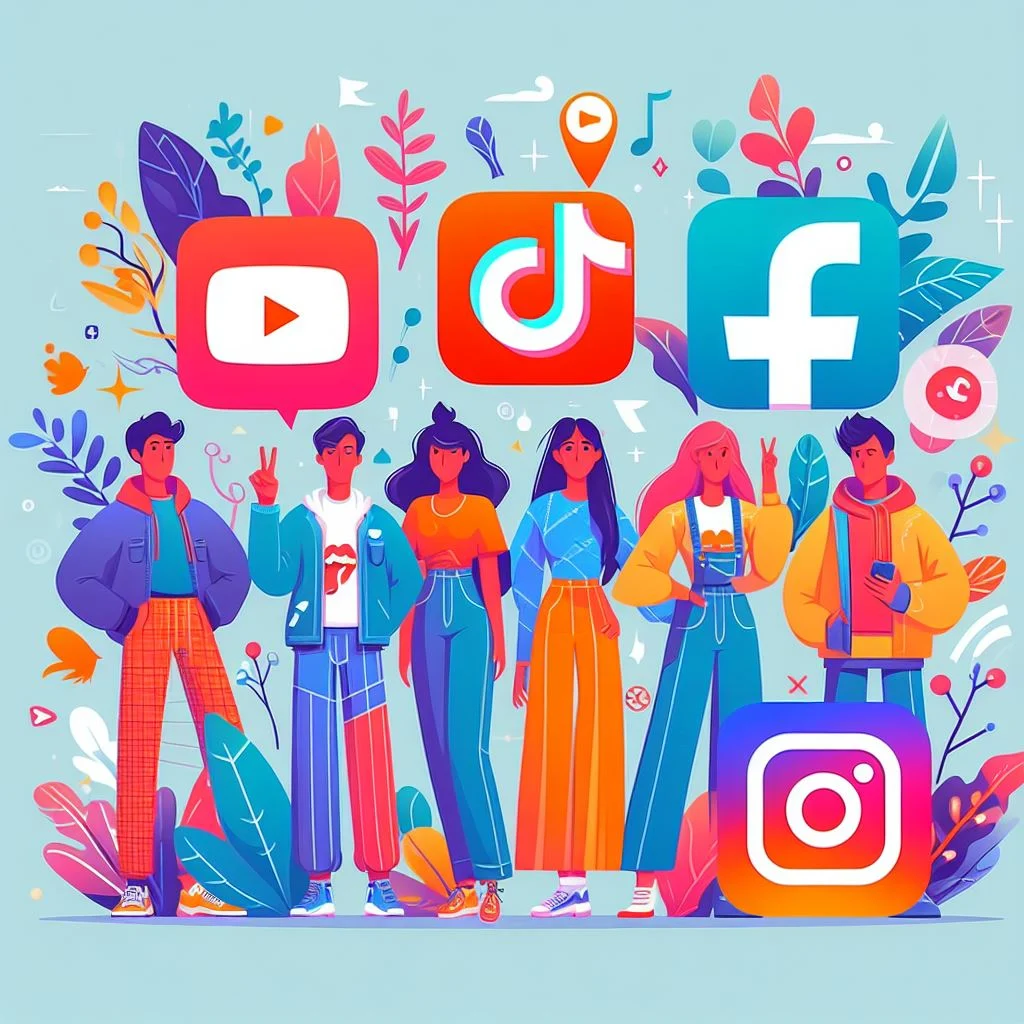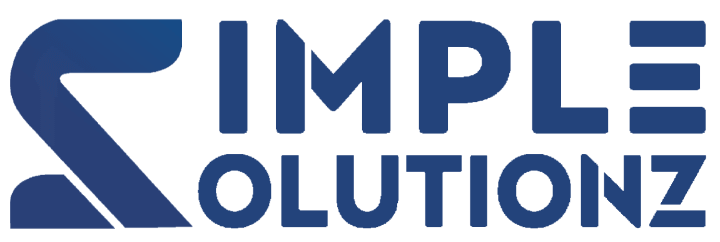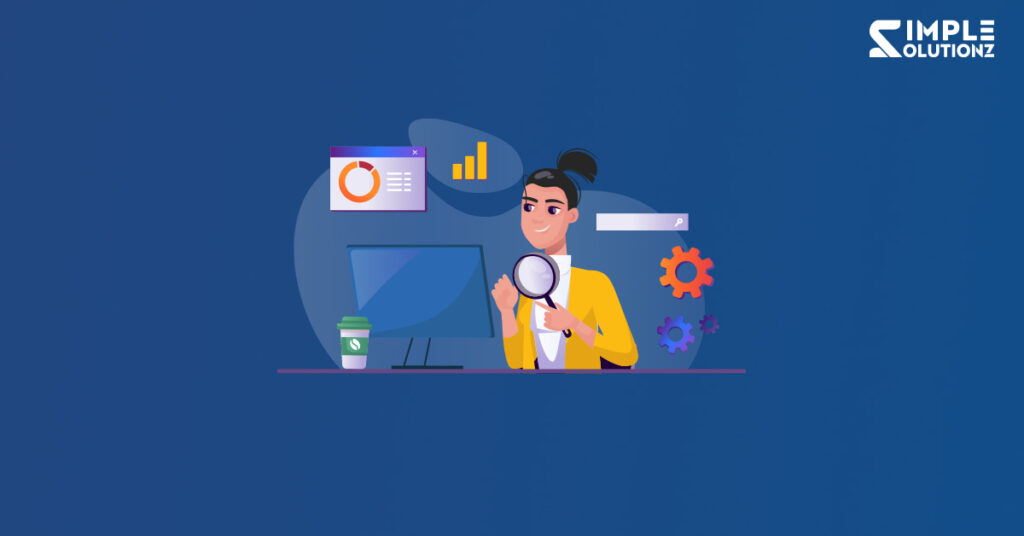Quality content creations a central focus in digital marketing, and for good reason. Exceptional content adds value to your audience, positions your brand as an industry authority, fosters customer connections, enhances conversion rates, and delivers many other benefits. This underscores the significance of a well-executed content marketing strategy in the broader digital marketing landscape.
Contents
- Introduction to Content Distribution Goals
- Defining B2B Content Distribution Goals
- Crafting a Multifaceted Content Distribution Strategy
- Leveraging Native Content Distribution
- Measuring Success: KPIs and Analytics
- Case Studies: Successful Multigoal Content Distribution
- Content Distribution Challenges and Solutions
- 10 Most Popular Content Distribution Platforms
- FAQ’S
Introduction to Content Distribution Goals
Balancing multiple content distribution goals is an ongoing process, and adapting to changing market trends and audience preferences is essential for long-term success. You can confidently navigate the content distribution and achieve your desired outcomes with flexible strategies.
➡️ Brand Awareness: Establish your brand to be recognizable and memorable among your target audience.
➡️ Lead Generation: Attracting potential customers and converting them into leads.
➡️ Thought Leadership: Develop your brand as an authority in your industry or niche.
➡️ Engagement: Encouraging your audience to interact with your content, whether through likes, comments, shares, or other forms of engagement.
➡️ Sales Conversion: Turning leads to paying customers.
➡️ Customer Retention: Keeping existing customers engaged and satisfied.
➡️ SEO and Organic Traffic: Revamp search engine ranking and attract organic traffic through search engine optimization to your website.
➡️ Community Building: Fostering a community of loyal customers and advocates.
Each goal requires a unique approach to content distribution, making it essential to find a balance that aligns with your overall marketing strategy.
Defining B2B Content Distribution Goals
The equilibrium among numerous B2B content distribution objectives require continuous effort, and the ability to adjust to evolving market trends and shifting audience preferences is vital for achieving sustained success overall.
Adhering to these tactics while remaining adaptable in your methodology empowers you to navigate the content distribution and realize your intended results confidently.
➡️ Educational Content: Distribute content that educates your audience about industry trends, challenges, and solutions.
➡️ Lead Generation: Attracting B2B leads through high-quality whitepapers, case studies, and webinars.
➡️ Thought Leadership: Position your brand as an expert through authoritative articles and research reports.
➡️ Relationship Building: Establishing a strong network of industry connections through partnerships and collaborations.
B2B content distribution requires a more tailored approach than business-to-consumer (B2C). Understanding your B2B audience and their specific needs is crucial for success.
Crafting a Multifaceted Content Distribution Strategy
Balancing multiple content distribution goals requires a multifaceted strategy considering your unique objectives.
Here are some steps to help you craft an effective strategy:
1. Define Your Primary Goal
Start by identifying your primary content distribution goal. This should be the most important and immediate objective you want to achieve. Once you have clarity on your primary goal, it becomes easier to prioritize your efforts.
2. Create Targeted Content
Develop content that aligns with your primary goal while catering to your secondary goals. For example, if your primary goal is to lead generation, create informative blog posts that build thought leadership or increase brand awareness.
3. Segment Your Audience
Section your audience based on their interests and needs. This allows you to tailor your content distribution to your audience subsets, ensuring each group receives content that aligns with their preferences.
4. Select the Right Distribution Channels
Different distribution channels are suitable for various goals. Social media marketing is great for increasing brand awareness and engagement, while email marketing can be highly effective for lead generation and nurturing.
5. Timing Matters
Pay attention to the timing of your content distribution. You might want to schedule your posts to coincide with specific industry events or seasonal trends that can boost the productiveness of your content.
6. Consistency is Key
Consistency is crucial in content distribution. Whether you have a goal for brand awareness or lead generation, maintaining a regular schedule for content distribution helps build trust and engagement with your audience.
7. Monitor and Adjust
Regularly review the performance of your content distribution efforts. Use analytics to determine what is working and what is not. Recreate your strategy as needed to optimize your results.
Leveraging Native Content Distribution
Native content distribution involves tailoring your content for specific platforms and channels. To balance multiple content distribution goals effectively, consider using native content distribution.
For example, if you are distributing content on LinkedIn, create content that resonates with a professional audience and addresses B2B concerns.
This method recognizes that not all content is one-size-fits-all, and adapting your content to align with the unique expectations of each platform is crucial for success. Whether you are distributing content on social media, publishing articles on LinkedIn, or creating visually captivating posts for Instagram, native distribution allows you to maximize the impact of your content.
Native distribution allows you to customize your content for maximum impact, whether you want to increase brand awareness or generate leads. It also helps for a reliable brand image while adapting to the unique expectations of each platform.
Measuring Success: KPIs and Analytics
Measuring your success is essential to balance multiple content distribution goals. Key Performance Indicators (KPIs) and analytics are vital in this process.
For each content distribution goal, identify the KPIs that matter most. For example:
➡️ Brand Awareness: Measure KPIs such as website traffic, social media reach, and brand mentions.
➡️ Lead Generation: Track KPIs like form submissions, click-through, and conversion rates.
➡️ Thought Leadership: Look at KPIs such as the number of industry publications featuring your content and speaking engagements.
➡️ Engagement: Monitor your likes, shares, comments, and time spent on your content.
Use analytics tools to collect data and analyze your KPIs regularly. This data-driven perspective lets you make informed decisions and adjust your content distribution strategy.
Case Studies: Successful Multigoal Content Distribution
Let’s look at a few real-world case studies to illustrate the successful execution of multigoal content distribution strategies:
✔️ Case Study 1: HubSpot
HubSpot is a prime example of a company that effectively balances multiple content distribution goals. Their primary goal is to lead generation through inbound marketing. They create and distribute content that educates their audience about marketing and sales tactics while nurturing leads through email campaigns.
HubSpot’s blog and resources cater to thought leadership, engagement, and SEO, making them a well-rounded content distribution powerhouse.
✔️ Case Study 2: Red Bull
Red Bull excels in brand awareness through content distribution. Their strategy includes sponsoring extreme sports events and creating high-energy, visually captivating content.
They engage their audience, drive brand awareness, and create a strong community of loyal customers.
✔️ Case Study 3: Salesforce
Salesforce focuses on B2B lead generation and thought leadership. They host webinars, offer valuable industry insights, and distribute content through multiple channels. Their content caters to educating prospects while establishing themselves as a trusted leader in the CRM industry.
Content Distribution Challenges and Solutions
Balancing multiple content distribution goals is essential. However, it’s not without its challenges. Familiar challenges include resource constraints, unclear objectives, and intense competition.
Here are some solutions to these challenges:
Resource Constraints
Prioritize your content distribution goals and allocate resources accordingly. You may need to invest in specific tools or hire experts for various aspects of your strategy.
Lack of Clarity
Ensure your team understands the primary goal and secondary objectives clearly. This will guide their efforts in the right direction.
Competition
Study your competitors and learn from their successes and failures. Identify gaps in their strategies that you can fill.
10 Most Popular Content Distribution Platforms
Finally, let’s explore the 10 most popular content distribution platforms that can help you achieve your goals:

✔️ Social Media
Platforms like Facebook, Twitter, LinkedIn, and Instagram are excellent for increasing brand awareness and engagement.
✔️ Email Marketing
Ideal for lead generation and nurturing.
✔️ Content Syndication
Share your content on Medium or LinkedIn Pulse to increase your reach.
✔️ Search Engine Optimization (SEO)
Optimize your content for search engines to catch organic traffic and improve SEO.
✔️ Content Marketing Platforms
Utilize platforms like HubSpot, Marketo, or Salesforce Pardot for lead generation and nurturing.
✔️ Video Sharing Platforms
YouTube and Vimeo are great for video content distribution and engagement.
✔️ Podcast Hosting
Podcasts are an effective way to reach an engaged audience.
✔️ Press Releases
Distribute news and thought leadership content through press releases.
✔️ Guest Posting
Write for other authoritative websites to build thought leadership.
✔️ Webinars and Live Events
Host webinars and live events to grab your audience directly.
Balancing multiple content distribution goals requires a strategic approach. Define your primary goal, create targeted content, and use native distribution to cater to specific platforms. Measure success with the right KPIs and use analytics to make data-driven decisions.
Learn from case studies of successful brands and overcome challenges with resource allocation and clear objectives. You can effectively achieve your objectives and maintain a strong online presence by leveraging the most famous content distribution.
FAQ’S
What are the 3 types of content distribution strategies?
➡️ Owned Media: This strategy involves distributing content through platforms and channels you control, such as your website, blog, email newsletters, and social media accounts.
➡️ Earned Media: Earned media distribution relies on third-party recognition, where influencers, industry publications, or customers share your content organically, enhancing your reach and credibility.
➡️ Paid Media: Paid distribution involves investing in advertising on various platforms, including social media ads, display ads, and content promotion, to reach a broader audience.
What are the most common B2B content distribution goals?
Common B2B content distribution goals include:
➡️ Lead Generation: Attracting potential clients and converting them into leads.
➡️ Thought Leadership: Build your brand as an authority in your industry.
➡️ Educational Content: Distribute content that educates your audience about industry trends and solutions.
➡️ Relationship Building: Building a strong network of industry connections through partnerships and collaborations.
How do I choose the right content distribution platform for my goals?
To select the appropriate content distribution platform:
Identify your primary content distribution goal.
Research where your target audience spends most of their time online.
Understand the strengths and weaknesses of various platforms (e.g., social media, email, content syndication).
Choose platforms that adjust to your content and goals. For instance, LinkedIn may be suitable for B2B thought leadership, while Instagram can enhance brand awareness.
What are some effective KPIs for measuring content distribution success?
➡️ Website Traffic: Monitor the number of visitors to your website.
➡️ Click-Through Rate (CTR): Track how many users click on your distributed content.
➡️ Conversion Rate: Measure the proportion of users who take a desired action (e.g., filling out a lead form).
➡️ Social Media Engagement: Observe likes, shares, comments, and mentions.
➡️ Email Open and Click Rates: Assess how well your email content is performing.
➡️ SEO Metrics: Analyze your search engine rankings and organic traffic.
➡️ Return on Investment (ROI): Determine the financial return from your content distribution efforts.
Is SEO a content distribution channel?
SEO is not a content distribution channel but has a significant role in content distribution. It optimizes your content to improve its presence in search engine results, increasing organic traffic.
SEO ensures your content is discoverable by those actively searching for related topics, making it an essential part of content distribution strategy.

